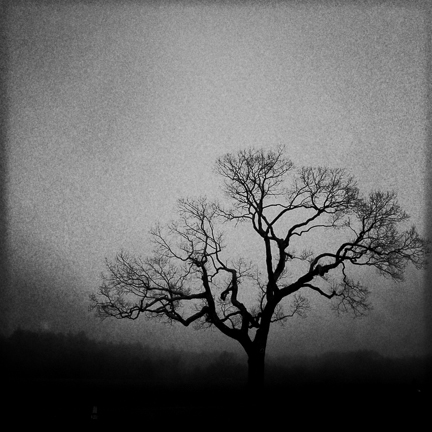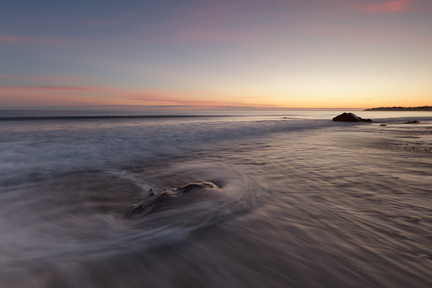I very much enjoy seeing how other artists work, the spaces that they work in and to delve deeper into the process behind the things that they create. At the same time I’m looking and listening for cues that explain what they’ve just created. The secret decoder ring that answers the question ‘what does it mean’?
I’ve had little to no academic training in art – I will exempt the photography workshops and classes that I’ve taken from ‘formal academic training’ – and so understanding what the art world is all about is something of a mystery. Art history, like history in general, is something that I thought to be dry and dull and not worth a second look.
However I keep hacking away and occasionally will have break throughs, or at least will find an answer that is spoon fed to me. This is exactly what happened in my research of the work of Wynn Bullock. If you dig hard enough you can find discussion of the four major principals that governed his work:
1. Space-Time – seeing the true quality of things are recognizing their relationship and interrelatedness with other events
2. Opposites are one – you can’t have ‘up’ without ‘down’, ‘rough’ without ‘smooth’, ‘joy’ without ‘sorrow’
3. Reality and Existence – the known and the unknown
4. Ordering and things ordered coexist yet have independent significance – Ordering represents activities of the senses and the mind. ‘Things ordered’ are those things that result in the stimuli that we respond to.
if you then look at the work with these principals as a guide you can start to understand what he was driving at and judge for yourself did he hit the mark or not.


















